Introduction to Sterling-Silver
Sterling silver refers to a high-quality silver alloy containing 92.5% silver and 7.5% copper or other metals. The term originated in England, dating back to the 12th century when “sterling” referred to Norman silver coins of high purity and quality.
Over the centuries, sterling silver has been popular for making jewelry, silverware, and other decorative items. The alloy is more durable and less prone to tarnishing than pure silver. The addition of copper strengthens the metal while maintaining its beautiful white color and luster.
Today, sterling silver continues to be valued for its beauty, versatility, and affordability compared to gold and platinum. It is commonly used for making earrings, rings, bracelets, necklaces, coffee and tea sets, trays, bowls, and other tableware. Sterling silver maintains a classic, timeless look and provides an excellent canvas for engraving and other decorative techniques.
While less expensive than gold or platinum, sterling silver is recognized as a precious metal given its high purity and silver content. It continues to be a popular choice for fine jewelry, gifts, family heirlooms, and collectibles.
What Makes Sterling-Silver Different?
Sterling silver is a specific grade of silver defined by its purity and composition. While many people use “silver” and “sterling silver” interchangeably, there are some key differences between sterling silver and other forms of silver.
The biggest difference is the purity of the silver content. Sterling silver contains 92.5% pure silver, with the remaining 7.5% usually being copper. This copper is added to improve the durability and appearance of the silver.
In contrast, fine silver is 99.9% pure silver. While aesthetically beautiful, fine silver on its own is very soft and easily dented or scratched. The addition of copper to make sterling silver makes the material more functional for everyday use.
Silver plate or silver-plated items, on the other hand, are made by electroplating a thin layer of pure silver over a base metal like copper or nickel. Silver plate has the look of sterling but contains very little actual silver, usually only microns thick. This means silver plate items lack the value and shine retention of genuine sterling silver.
So, in summary:
– Sterling silver is 92.5% pure silver and 7.5% alloy, usually copper
– Fine silver is 99.9% pure silver with no alloys
– Silver plate is made by coating base metals with a layer of pure silver
The specific purity and alloy composition are what define sterling silver and give it a balance of beauty, durability, and value not found in other forms of silver. This unique composition is the key difference of this classic metal.
Hallmarks and Markings
Sterling-silver pieces are stamped with various hallmarks to indicate the purity of the silver. These markings allow buyers to easily identify authentic sterling silver.
Some of the most common hallmarks to look for include:
– The number 925 – This indicates the piece contains 92.5% pure silver. This is the minimum amount of pure silver required for an item to qualify as sterling silver.
– The word “Sterling” – This word is a hallmark that guarantees the item meets the 92.5% pure silver standard.
– Silver purity hallmarks – These include a lion, anchor, leopard head, and other symbols used in various countries to denote 925 silvers.
– Maker’s mark – This indicates the company or artisan that manufactured the sterling silver item. Maker’s marks are registered with assay offices.
– Date letters – These identify the year the hallmark was stamped. Date letters often appear alongside purity hallmarks.
– City/region marks – These denote the assay office that verified the purity of the silver. Common region hallmarks include a crab for London and an anchor for Birmingham.
Hallmarks are stamped in discreet places on sterling silver items. They often appear near the rim of bowls, on the underside of trays, and inside bands of rings and bracelets. Authentic sterling silver will have small, clear hallmarks stamped into the metal.
Care and Maintenance
Sterling-silver requires a bit of care to keep it looking beautiful but it’s not overly difficult to maintain. Here are some best practices for keeping your sterling silver jewelry, serving pieces, and decor items sparkling and tarnish-free:
Cleaning Methods
Gently wash sterling silver in warm water with a mild dish soap and soft cloth or sponge. Avoid abrasive cleaners or scrubbing as this can damage the silver. After washing, rinse thoroughly and pat dry with a soft lint-free cloth.
For polishing, use a specially formulated silver polish or make a paste of baking soda and water. Rub lightly with a soft cloth. Be sure to get into crevices and details. Rinse and dry well afterward.
You can also use anti-tarnish strips or cloth bags to prevent tarnish buildup. These contain sulfur-absorbing compounds that will help keep silver shine.
Avoid cleaning sterling silver with toothpaste, bleach, ammonia, or other harsh household chemicals as these can damage the finish. Steam and ultrasonic cleaners should also be avoided.
Storing and Preventing Tarnish
To prevent tarnish, avoid exposing sterling silver to air and moisture. Store silver pieces in anti-tarnish bags or archival-quality storage boxes. You can also wrap items loosely in acid-free tissue paper.
Avoid contact with other metals that can transfer and cause corrosion. Separate sterling-silver from brass, copper, and pewter objects.
Don’t leave sterling silver sitting wet for long periods. Dry thoroughly after washing and polish with a silver cloth before storing away.
Tarnish is a natural process but can be minimized by taking care to store silver properly between uses. With regular gentle cleaning and polishing, your sterling silver items can stay beautiful for years to come.
Sterling-Silver Jewelry
Sterling-silver jewelry has been incredibly popular for centuries thanks to its beauty and affordability compared to solid gold. The versatility and malleability of sterling silver make it an ideal material for all types of jewelry designs from delicate chains to bold statement pieces.
Some of the most common gemstones used in sterling silver jewelry include:
– Diamonds – Small diamonds provide sparkle and elegance.
– Cubic zirconia – An affordable diamond alternative.
– Emeralds – Stunning green hue.
– Sapphires – Brilliant blue gemstones.
– Rubies – Fiery red gems.
– Turquoise – Vibrant robin’s egg blue.
– Opals – Shimmering rainbow colors.
Sterling-silver jewelry encompasses many styles and design trends including:
– Classic and timeless pieces like solitaire necklaces and tennis bracelets set with diamonds or cubic zirconia.
– Vintage and antique-inspired designs, like filigree rings and lockets.
– Nature motifs such as leaf earrings and feather pendants.
– Minimalist styles featuring simple lines and geometric shapes.
– Bold ethnic-inspired looks drawing from Aztec, Native American, and global motifs.
– Whimsical jewelry with embellishments like crystals and enamel work.
– Monogram and personalized pieces.
Sterling-silver is beloved for jewelry because it provides an affordable alternative to solid gold that can still be set with precious gems and crafted into beautiful designs to suit personal style. Its shine and luster rivals that of more expensive metals, making it a go-to metal for everyday luxury jewelry.
Sterling-Silver Homeware
Sterling-silver has long been popular for home décor and serveware. Unlike silver plate, sterling-silver contains 92.5% pure silver, making it much more durable and valuable. Items like flatware, tea sets, vases, pitchers, and trays are commonly produced in sterling-silver.
Sterling-Silver’s beauty and luster make it perfect for dining and hosting. It does require more care than stainless steel or silver plate, but many appreciate its unmatched shine. With proper polishing and storage, sterling-silver maintains its brilliance for generations. Some families even pass down sterling-silver pieces as heirlooms.
Antique and vintage sterling-silver homeware is highly sought after by collectors. Pieces made in the 18th or 19th centuries can be worth a great deal. Popular designers like Gorham, Tiffany & Co., and Georg Jensen are also collected. Hallmarks help date and authenticate these items.
Sterling-silver home goods carry intrinsic value since they contain real silver. This makes them a smart investment compared to plated wares. Even everyday vintage flatware and tea sets appreciate in value over time. Sterling-silver endures as a meaningful, beautiful, and practical metal for the home.
Value and Investment
Sterling-silver has inherent value as a precious metal, but its collectibility also makes it a potentially worthwhile investment. Several factors affect the value of sterling-silver pieces:
– **Silver content** – The current market price of silver influences the melt value of sterling-silver items. At about 92.5% pure silver, sterling-contains more intrinsic silver value than plated pieces.
– **Rarity** – Rare or discontinued patterns, limited production runs, and pieces from acclaimed designers tend to appreciate in value over time.
– **Condition** – Pieces in pristine condition or still having original packaging increase collectibility. Signs of damage or over-polishing decrease value.
– **Craftsmanship** – High-quality construction, artistic design, and handwork involved raise the investment potential. Mass-produced pieces have less collectible value.
– **Provenance** – Association with historical events, famous people, or renowned manufacturers can significantly increase worth. Well-documented history proves authenticity.
– **Silver bullion vs collectible value** – Bullion silver trades close to the melt value, while collectible sterling-acquires a premium over the silver spot price based on the factors above.
– **Long-term price trends** – Sterling-silver maintains inherent value due to its precious metal content. As a collectible, sterling-silver value fluctuates but has generally trended upward long-term, especially for rare and antique pieces. However, economic conditions and silver prices impact short-term valuations.
In summary, sterling-silver offers a stable precious metal investment. But rarity, condition, craftsmanship, and provenance distinguish collecting sterling-silver versus amassing silver bullion. For investors, high-quality antique and vintage sterling-silver has historically gained value over the long run.
Identifying Fake Sterling-Silver
Sterling-silver is one of the most commonly counterfeited metals due to its high value and demand. Here are some tips for identifying fake sterling-silver:
Tests for Real Sterling vs Fakes
– **Magnet Test** – Sterling-silver is not magnetic. Run a magnet over the object – if it sticks, it’s not real silver. However, this doesn’t always work as some fakes use non-magnetic metals.
– **Ice Test** – Place an ice cube on the metal for 60 seconds. Remove and check for condensation. Real sterling-silver will not cause condensation while many fakes will.
– **Nitric Acid Test** – Apply a small drop of nitric acid to an inconspicuous area. Real 925 sterling-silver will not react while many counterfeits will show discoloration or bubbling.
– **Electronic Testing** – Use a precious metals electronic testing kit, available online or at some jewelers. It can accurately read the metal composition.
What to Look for in Possible Counterfeits
– **Hallmarks** – Counterfeits often mimic real hallmarks. Look closely to ensure they are proper sterling marks. Fake marks may be blurry, or the wrong shape or size.
– **Color and Luster** – Real silver has a bright white color and high shine. Fakes tend to be more gray and have a dull or plastic-like luster.
– **Quality and Weight** – Counterfeits feel lighter and flimsier than genuine sterling pieces. Authentic silver has a good weight and smooth edges.
– **Tarnishing** – Real sterling-silver tarnishes over time. If a vintage piece looks brand new, it may be a replica.
Where Dishonest Sellers Cut Corners
– **Alloys** – Fakes often substitute cheaper metals for some of the silver content, meaning less than 92.5% pure.
– **Plating** – Silver-plated items are made with a thin coating over a base metal. Wear will eventually expose the core material.
– **Cast vs Stamped** – Counterfeits are more likely to be cheaply cast from molds vs stamped and finished like authentic pieces.
– **Documentation** – Dishonest sellers may offer fake certificates, hallmarks, or refuse independent appraisal.
The best way to ensure you’re getting real sterling-silver is to buy from reputable dealers and check for proper hallmarks and testing. With some diligence, you can avoid falling victim to silver counterfeits.
Sterling Silver vs. Silver-Plated
Sterling-silver and silver-plated items may look very similar, but there are some key differences in their composition and value.
Composition
– Sterling-silver is an alloy containing at least 92.5% pure silver, usually mixed with copper to improve durability. The remainder is typically copper or other metals.
– Silver-plated items are made with a base metal like brass or nickel that is coated with a thin layer of pure silver. The silver coating is usually around 2.5% of the item’s total weight.
Value
– Sterling silver is significantly more valuable than silver plate due to its high silver content. The melt value of sterling silver is based on the weight and current market price of silver.
– Silver-plated items have very little monetary value since the silver coating is extremely thin. Their worth comes mainly from craftsmanship or collectibility rather than silver content.
Testing the Difference
There are a few easy tests that can identify whether an item is sterling silver vs silver-plated:
– **Magnet Test** – Sterling-silver is non-magnetic. Run a magnet over the item – if magnetic, it is silver-plated.
– **Ice Test** – Place an ice cube on the item for 60 seconds, then remove it. Sterling-silver will be much cooler to the touch than silver plate.
– **Scratch Test** – Use a non-tarnishing object like a knife or glass to make a small scratch on an inconspicuous area. If the scratch reveals a different metal underneath, it is silver-plated.
– **Hallmarks** – Examine for “sterling” hallmarks indicating 92.5% purity. Silver-plated items may have “silverplate” marks instead.
Performing these simple tests can help identify the difference between valuable sterling-silver and less valuable silver-plated items.
Conclusion
Sterling silver has maintained its popularity and value over the centuries due to its beautiful white luster and strength as an alloy. While pure silver is incredibly soft, the addition of copper to create sterling silver allows it to be worked into jewelry, cutlery, and decorative objects while retaining its beauty.
The hallmarks stamped on sterling silver mark its purity and quality. The intricate designs and patterns possible with sterling silver make it a favorite of jewelry designers and home decor brands alike. While prone to tarnishing, with proper care sterling silver will last for generations. Its value stems from the inherent value of the silver content as well as the artistry of the finished product.
With its timeless beauty and versatility, sterling silver continues to be a treasured metal for jewelry, dining, and home decor. Carefully evaluating hallmarks can identify high-quality sterling pieces. Taking time to properly care for sterling silver preserves its beauty and value. Sterling silver endures as a precious metal that can become an heirloom to pass down through generations.


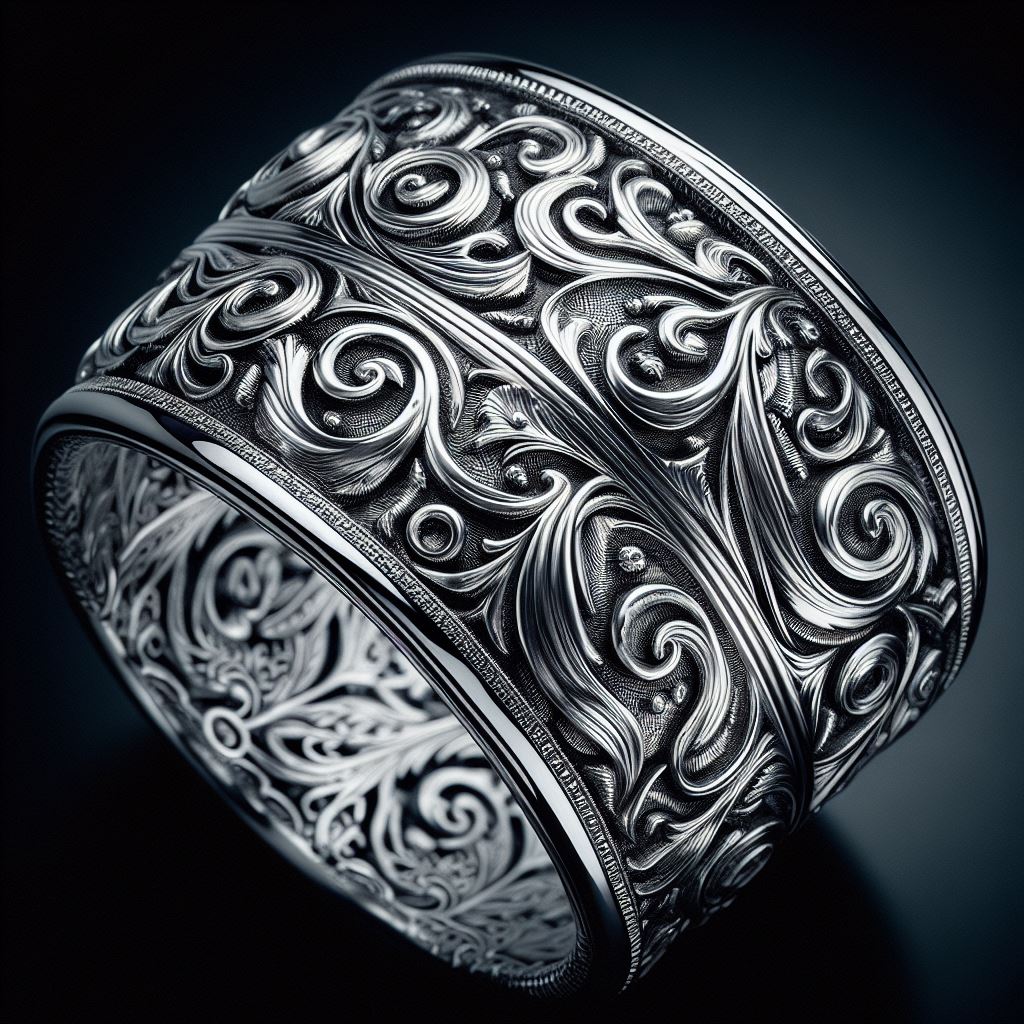
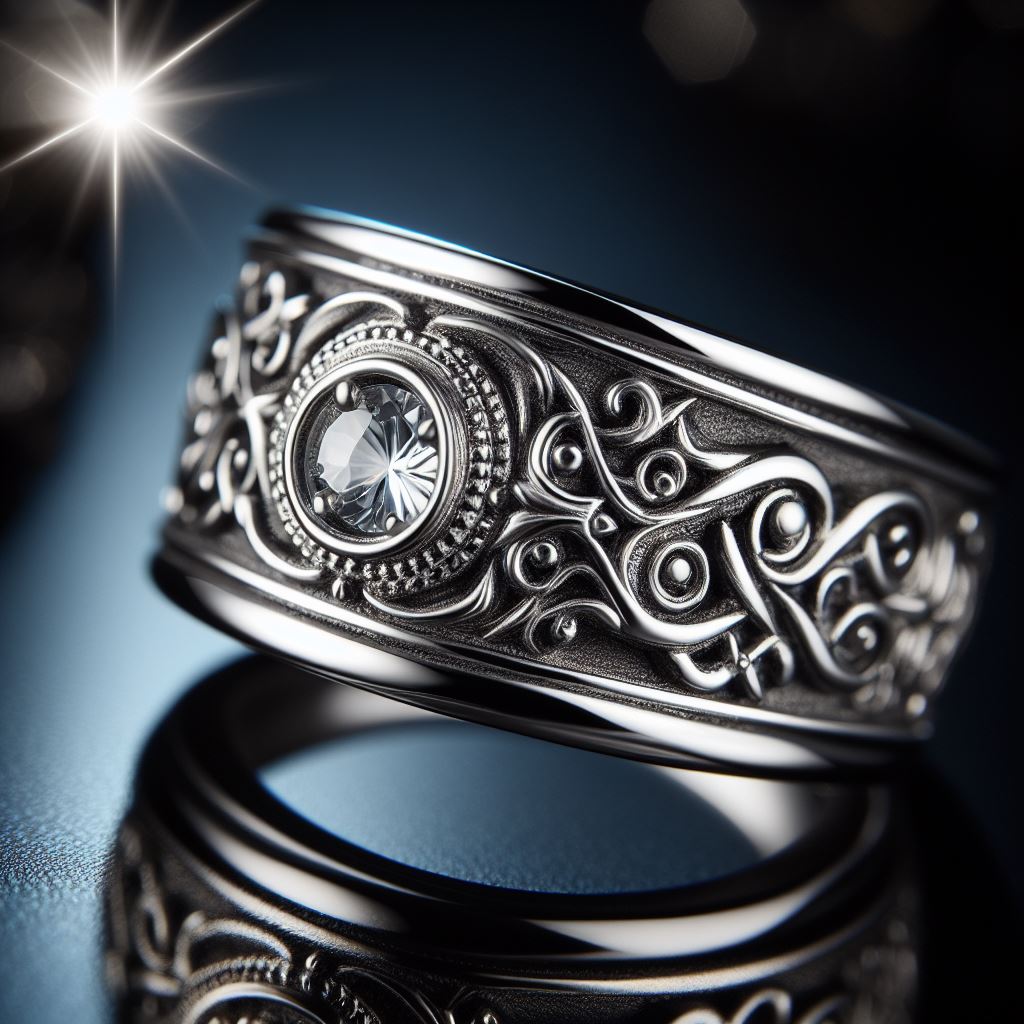
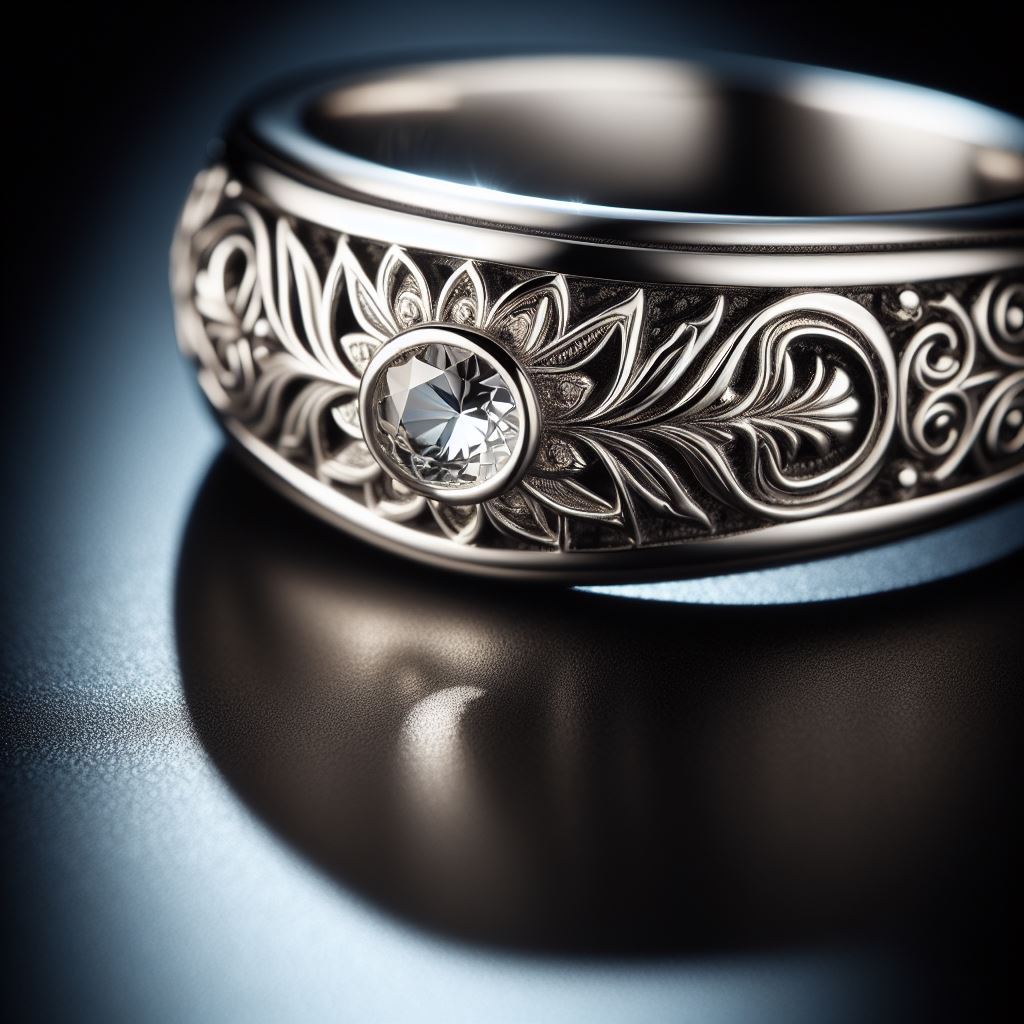
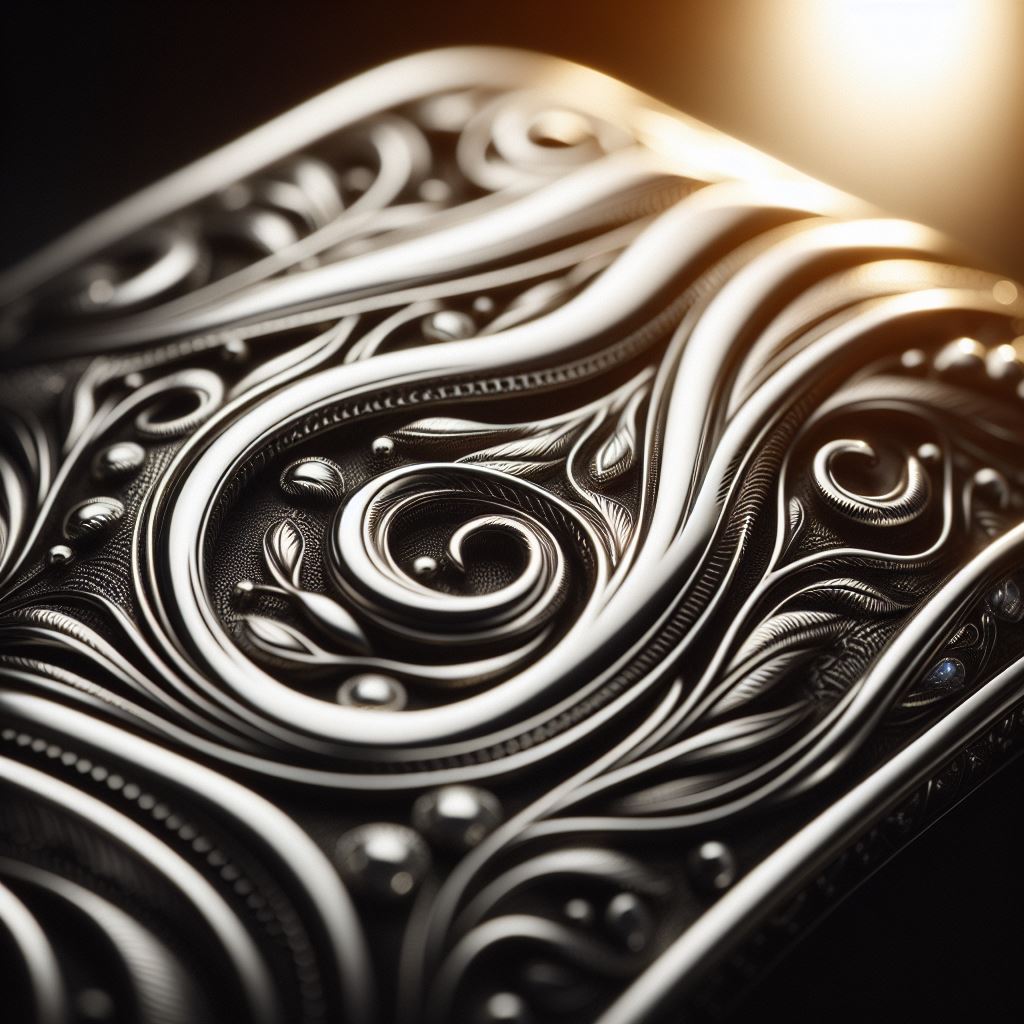
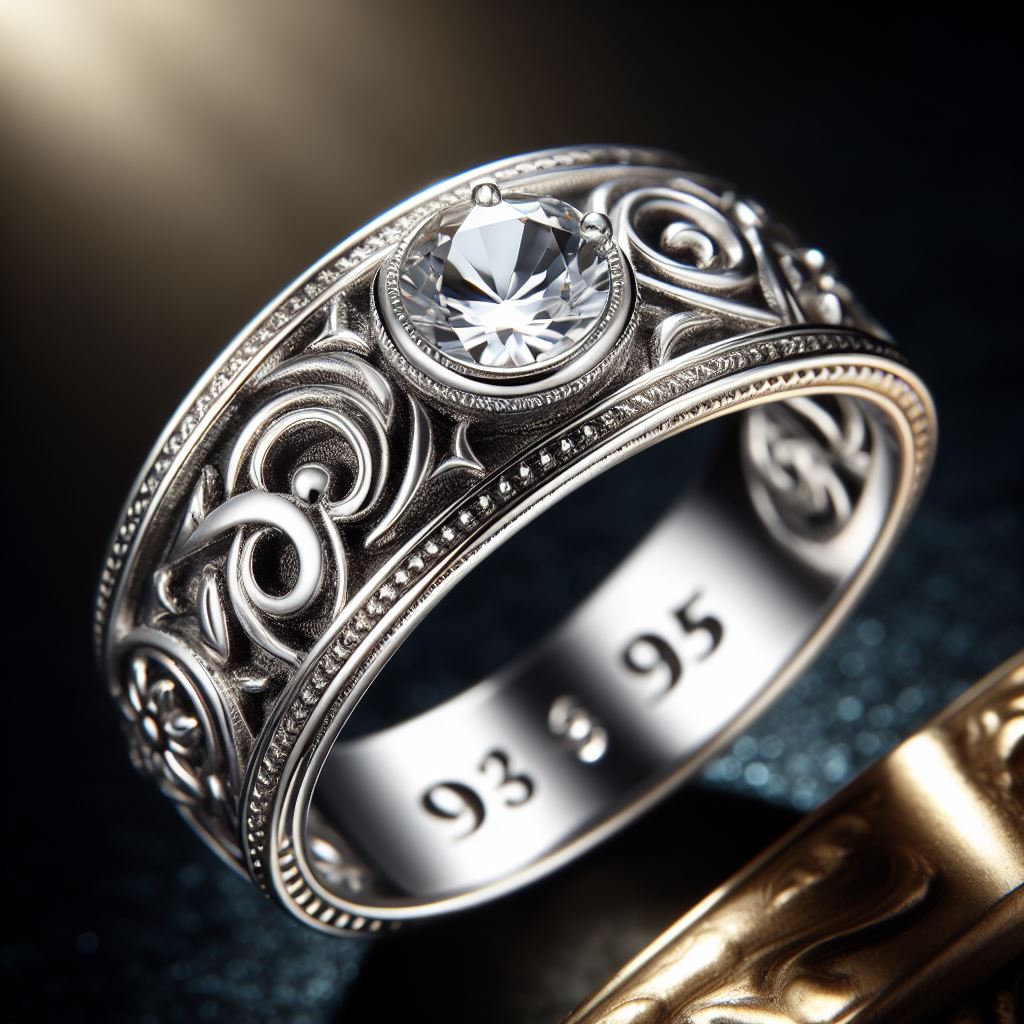
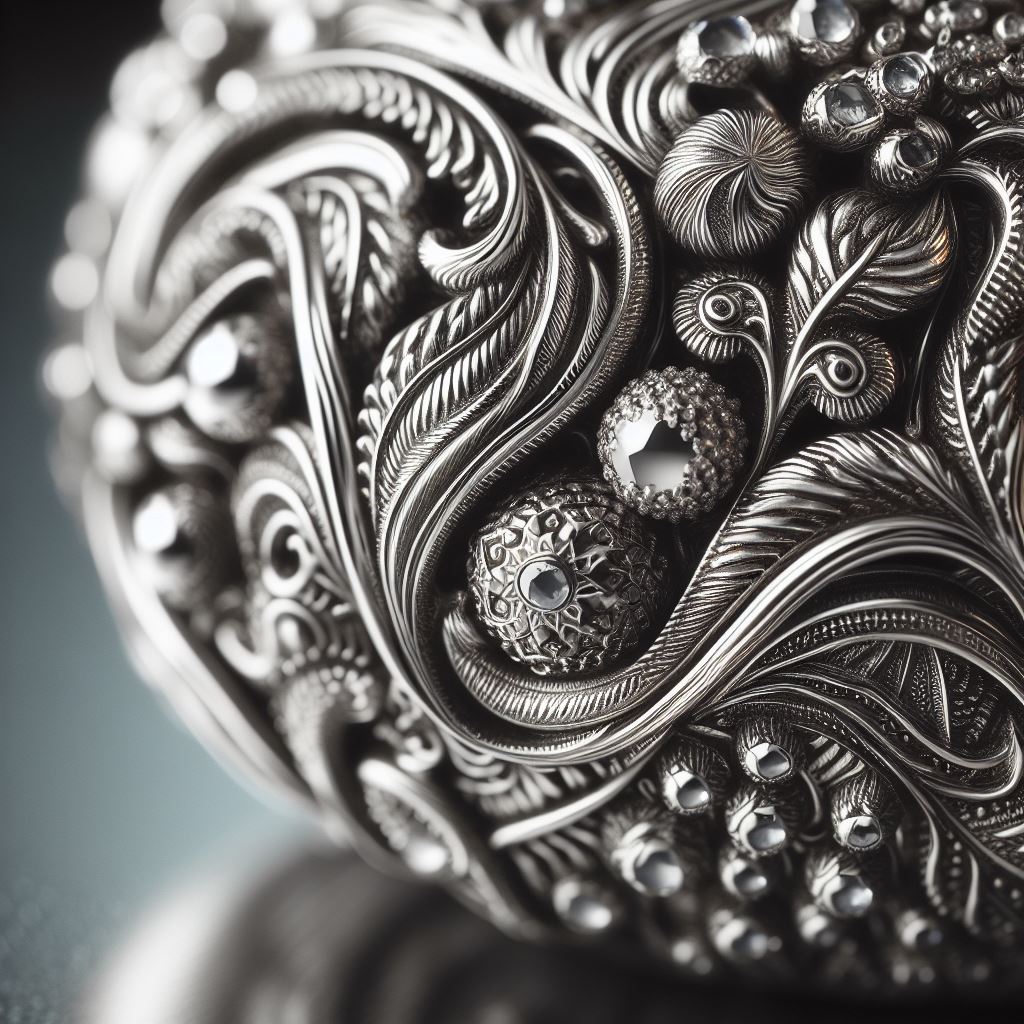
Leave A Comment